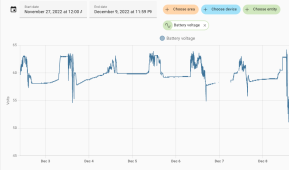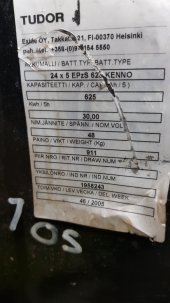Hedges
I See Electromagnetic Fields!
- Joined
- Mar 28, 2020
- Messages
- 20,874
This is a sore subject. My utility is telling me that they consider any "solar inverter" to fall under net metering, and insist I'm not allowed to connect it to grid power without submitting drawings, getting their approval, and having it inspected... even if I have no interest in net metering! This is why I mentioned my bench power supply--I don't have a 48V charger besides the Sunny Island, but the power supply can get the battery up to 60 volts and keep it there indefinitely... I've got it set to do that overnight tonight, in fact.
Configure Sunny Island to charge from the grid, but turn off "sell", and it will not backfeed.
Then plug input into grid and let it do the equalization.
To be even more certain, if you disconnected any AC coupled PV inverters, and disconnected DC coupled coming from midnight, there would be no PV available to backfeed.
Then, the only way that could happen is if you enable "sell" and tell SI you want battery voltage lower than it already is.
I would just do what I needed to do, and make sure it wasn't going to backfeed.






